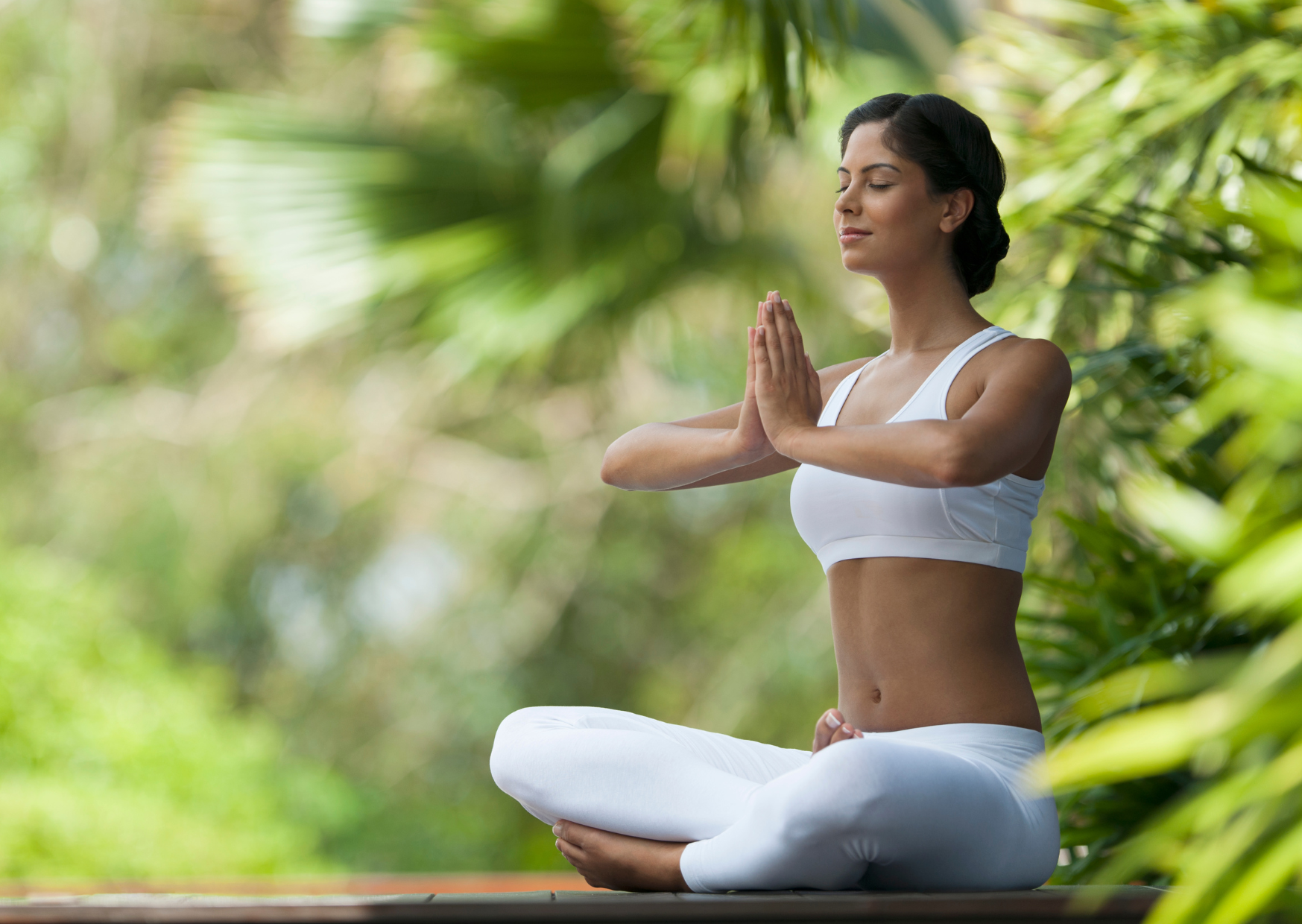Find out how breathing helps you manage stress and create mental and physical well-being
Did you know that daily conscious breathing allows you to create inner calm and improve your concentration?
Breathing plays a fundamental role in our mental and emotional well-being that is often overlooked despite its significant impact. Practising mindful breathing exercises daily can make the difference between feeling stressed and overwhelmed or centred and present in the moment. Our body is closely connected to the autonomic nervous system, which is the body’s accelerator and brake, it regulates many vital functions including our response to stress.
When we breathe deeply and consciously, we activate the parasympathetic nervous system, which is the body’s ‘brake’ and is responsible for relaxation, rest and digestion. This system counteracts the effect of the sympathetic nervous system, or the accelerator, which is instead associated with the ‘fight or flight’ response typical of times of stress. In other words, through controlled, deep breathing, we can stimulate the parasympathetic nervous system and induce a state of calm that helps reduce anxiety, improve mental clarity and promote a general sense of well-being.
Conscious breathing is the bridge that connects mind and body, bringing us into the present moment and giving us calm and clarity.
In this article, we will explore how specific breathing techniques can be used to manage stress and promote mental and physical well-being. We will delve into the scientifically proven benefits of mindful breathing and provide practical tips on how to integrate these techniques into your daily routine to improve the quality of your life.
The origins of breathing: techniques and exercises
Conscious breathing practices have deep roots, going back thousands of years in a discipline that unites mind, body and spirit: yoga. In the context of yoga, breathing is known as ‘pranayama’, which means control of prana or life energy. Practising pranayama, or breathing, not only helps improve lung capacity, but also has a profound impact on the nervous system and general well-being.
Some of the most common breathing techniques include:
Long, slow breathing: To do this exercise, sit in a comfortable position, close your eyes and breathe slowly and deeply through your nose: six seconds inhale, three seconds pause, six seconds exhale and hold again. Concentrate on filling your lungs completely with air and then slowly exhale. This technique calms the nervous system and reduces stress.
Alternate nostril breathing: sit comfortably and use your right thumb to close the right nostril. Inhale deeply through the left nostril, then close the left nostril with the right ring finger and open the right nostril, exhaling through it. Repeat alternating nostrils. This technique balances the energies in the body and improves concentration.
Shining skull breathing: Sit in a comfortable position and inhale deeply. Then exhale quickly and forcefully through your nose, contracting your abdominal muscles. Continue with a series of rapid exhalations. This technique purifies the lungs and increases energy.
Practising these techniques daily can significantly improve your ability to handle stress and promote a lasting sense of well-being.

The benefits to mind, body and spirit of daily breathing
Daily conscious breathing has numerous benefits that extend to the mind, body and spirit.
Mindful breathing improves mental states, in fact it helps to greatly reduce anxiety and depression, and it improves concentration and increases mental clarity. Regular breathing practices can also improve sleep quality, reducing insomnia and night worries.
Breathing deeply increases blood oxygenation and thus supports the flow of vital lymph in the body; it improves lung function and reduces muscle tension. In addition, it can help regulate blood pressure and improve digestion by activating the parasympathetic nervous system.
Daily conscious breathing also promotes a deeper connection with oneself, fostering a sense of inner peace and harmony. Regular practices can help develop greater awareness and spiritual connection, regardless of one’s religious or spiritual beliefs.
How to integrate mindful breathing into your daily routine
Integrating mindful breathing into your daily life does not have to be complicated but should be a pleasure, a pampering you give yourself.
The best way to create a routine is to start your day by devoting 5-10 minutes to a breathing practice. You can choose one of the breathing techniques mentioned above or simply focus on deep, slow breaths.
You can also take breaks during the day to focus on your breathing and bring your mind back to the present moment. Even just a few minutes of mindful breathing can help reduce stress and recharge your energy.
Furthermore, integrating breathing into your meditation practice allows you to amplify the benefits of mindful breathing.
Learn to take time to practise mindful breathing, and you will see that you can transform your life by improving your mental and physical well-being and creating a solid basis for facing daily challenges with calm and clarity.
Categories
Last articles
Featured articles
Subscribe to the newsletter
Share
Did you like the article?
Contact us for more information!




